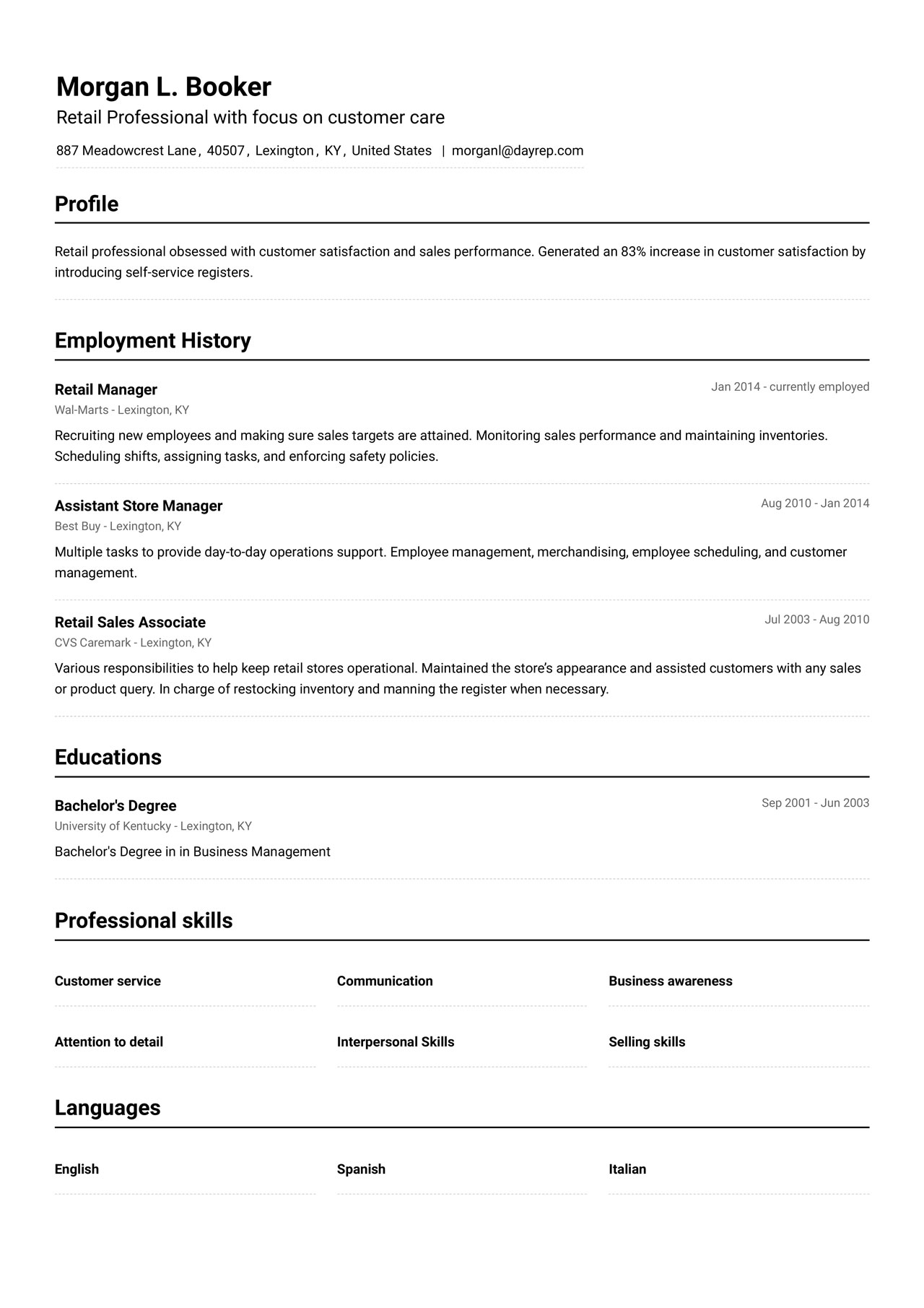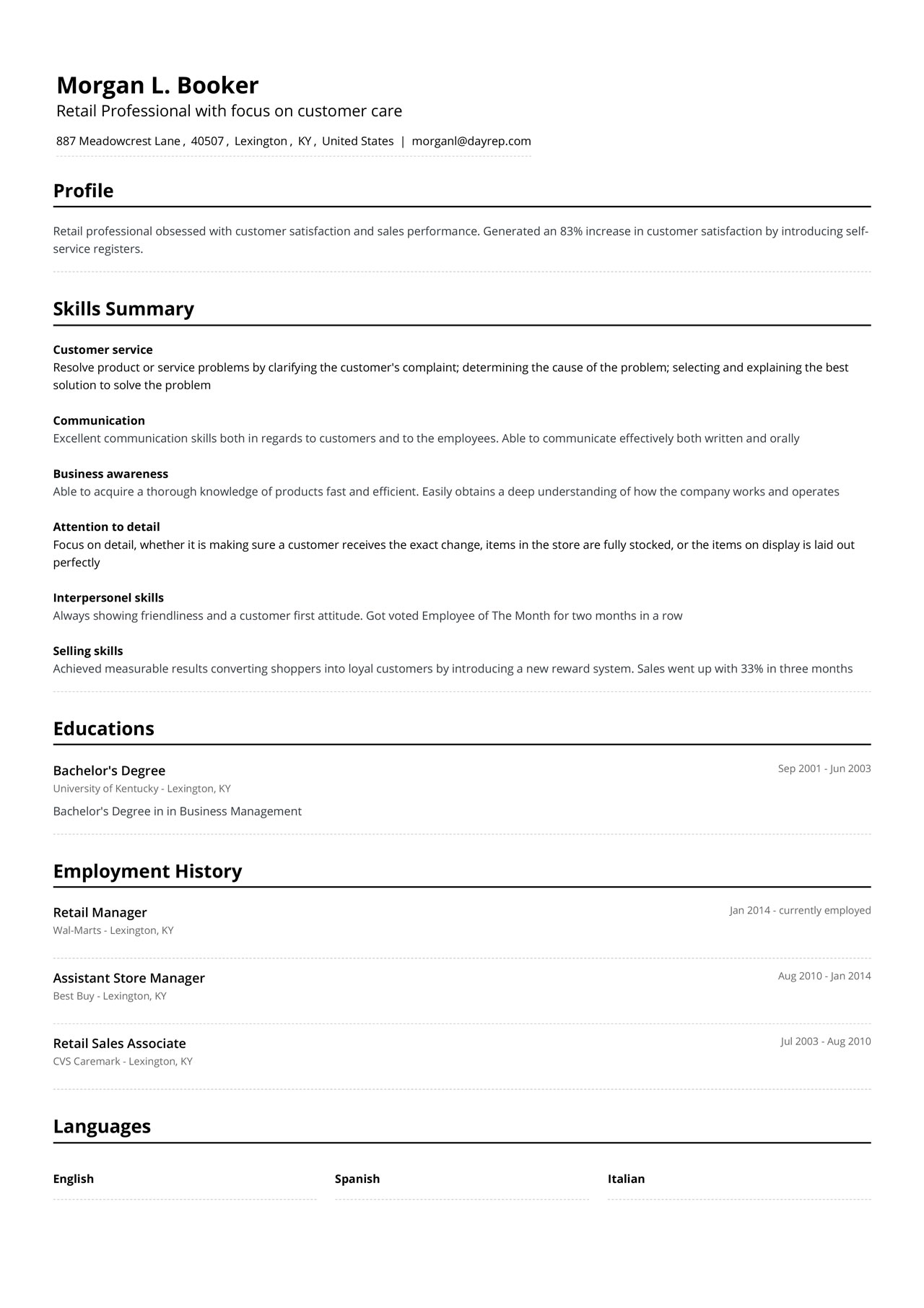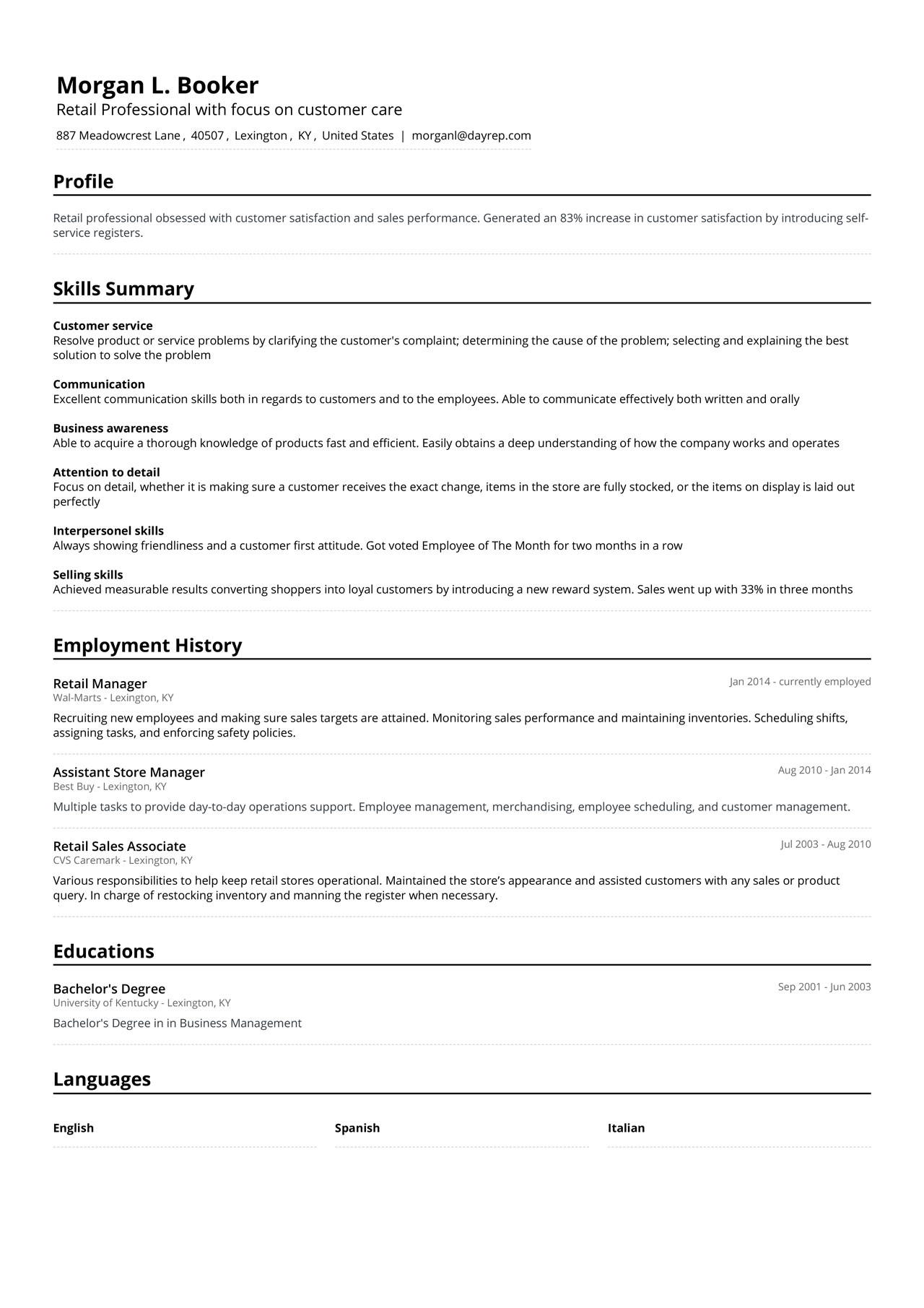The CV Format Recruiters Hate [examples]
![The CV Format Recruiters Hate [examples]](https://jofibostorage.blob.core.windows.net/blog/the-cv-resume-format-recruiters-hate_top.jpg)
Imagine this: you have just spent the last four hours and 23 minutes creating a perfect CV.
You’ve added your keywords.
You’ve targeted it directly to the prospective job.
And now you’ve finally hit that “send” button.
Then you wait. And wait...
Until finally, you receive an email from the company with a polite, but generic, rejection. “Dear candidate."
This message is to inform you that we have selected a candidate who is a match for the job requirements of the position.”
Now imagine this scenario happens over and over again. For months. What are you doing wrong?
Well, there’s a big chance that the culprit is not you but the CV you’re sending out.
Ask yourself this: How is my CV perceived by the receiver aka. the recruiter?
Chances are, that the recruiter simply hates the CV format you’re sending. It’s nothing personal. It’s just a matter of experience.
What CV format did you send, then? Most likely, the functional CV format.
The functional CV format
When it comes to CV formats, there are two main types - the chronological CV format and the functional CV format. Here, I will talk about the functional CV format.
Normally, in your CV, you will start by listing all your previous work history and experience chronologically (that’s the chronological CV).

However, that is not the case in the functional CV. Here, you de-emphasize your work history and instead highlight your accomplishments and skills. Reasons for doing this could be that you’re trying to switch career path or maybe you’re fresh out of school and don’t have enough relevant work experience yet.

Do you see the difference between these two CV formats? Read on to find out why recruiters are not too happy about the second format.
Why recruiters hate the functional CV format
Recruiters dislike the functional CV because it can be easily manipulated and it makes it harder for the recruiter to connect your previous experiences to your skills.
This forces them to draw their own conclusions and that opens up for misinterpretations and thus a wrong assessment of a potential employee.
The functional CV format is also a way for job seekers to cover up holes or other gaps in their employment history.
And the recruiter knows this. Because of this they are automatically suspicious when they see a functional CV. It’s just too easy to manipulate your way through it.
Generally, recruiters and HR people are very busy. They need to be able to evaluate within just a few seconds if you are a match for the job position or not. If they need to spend more time than that for the initial skim, there’s a big risk your CV will be excluded from the very beginning. That’s one of the reasons why it’s important to use a professional CV template.
3 reasons why recruiters hate the functional CV format:
- They need to draw their own conclusions
- It’s easy to fake or manipulate your way through it
- It’s a way for people to cover up gaps in their employment history
In addition to this, the functional CV format cannot be scanned by an Applicant Tracking System, which gives it a huge disadvantage. The result will be a discarded CV that will get you literally nowhere.
So, what do you do if you actually do have gaps in your employment history that you want to cover up? What if you're fresh out of school? Don’t worry, there is a solution for you.
Introducing: the combination CV format (also known as the hybrid CV format)
The name almost says it all: the combination CV format is exactly that, a combination of both the chronological and the functional CV.
With the combination CV format you get the best of the two worlds
With the combination CV format you get the best of the two worlds. In a combination CV you will first list your skills and qualifications.
Next comes your employment history. This way you get to highlight those skills that are relevant to the job position while still providing the recruiter with your work history.

Most recruiters just want to make sure that you didn’t spend a whole year sitting on the couch doing nothing
What about gaps in employment history, you ask? Well, why not just own them and leave them in there?
But if you do, make sure to add some small note to them explaining why they’re there. Maybe you were on maternal leave? Maybe you took time off to travel around the world? Maybe you took care of a sick family member during that time?
Most recruiters just want to make sure that you didn’t spend a whole year sitting on the couch doing nothing.
I hope this post has helped you on your way to your dream job. If it got you thinking that maybe it’s time to review your CV, my job here is done.
If you haven’t already checked out our free CV tool, now is a good time to do so. It lets you build your CV exactly the way you want with several professional and modern CV templates to choose from.

![Security Guard Resume Example [Guide]](https://jofibostorage.blob.core.windows.net/blog/security-guard-resume-example-header.png)
![Nursing Cover Letter Example & Guide [2025]](https://jofibostorage.blob.core.windows.net/blog/Nursing-cover-letter.jpg)
